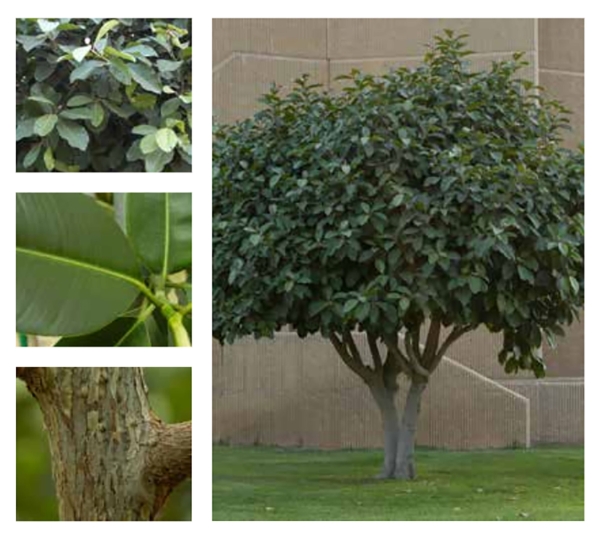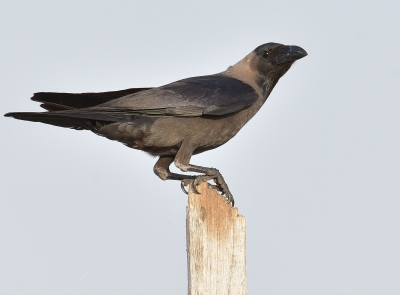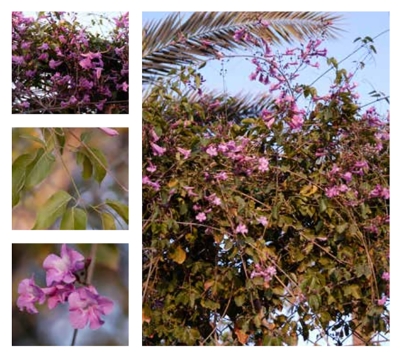
The Rusty Fig Tree (Ficus rubiginosa, Moraceae) is an evergreen tree belonging to the mulberry family. Its name in English is derived from the copper-brown color of the short fuzz covering the underside of the leaf. It is planted in Riyadh, the capital of the Kingdom of Saudi Arabia, and its native habitat is Australia.
Characteristics of the Rusty Fig tree
The Rusty Fig grows in dry, sunny areas and partial shade. It is considered a slow-growing tree, with a height ranging from six m to thirty m and a spread of approximately eight to fifteen m. It has a dense and wide canopy, multiple twisted trunks, and its bark is yellowish-brown. Its leaves are oval-shaped, measuring approximately six cm to ten cm in length. The tree has prop roots with a diameter of around 1.5 m. In humid environments, aerial roots grow on the lower branches of the tree. The tree produces fig-like fruits that turn yellow and red when ripe, but they are inedible.
Planting the Rusty Fig tree
The Rusty Fig tree is suitable for private gardens and parks but should not be planted near buildings due to its roots, which can damage foundations and water pipes.
It can be planted in any type of soil, even those with poor drainage. It propagates through stem cuttings and air layering. Pruning helps the tree grow well. During the summer, it requires regular watering, which should be reduced in the winter. The Rusty Fig tree is resistant to frost and short periods of drought, and it can tolerate low temperatures. Additionally, it serves as a habitat for wildlife. One of the issues it faces is infestations by scale insects.
Related quizzes
Related articles


